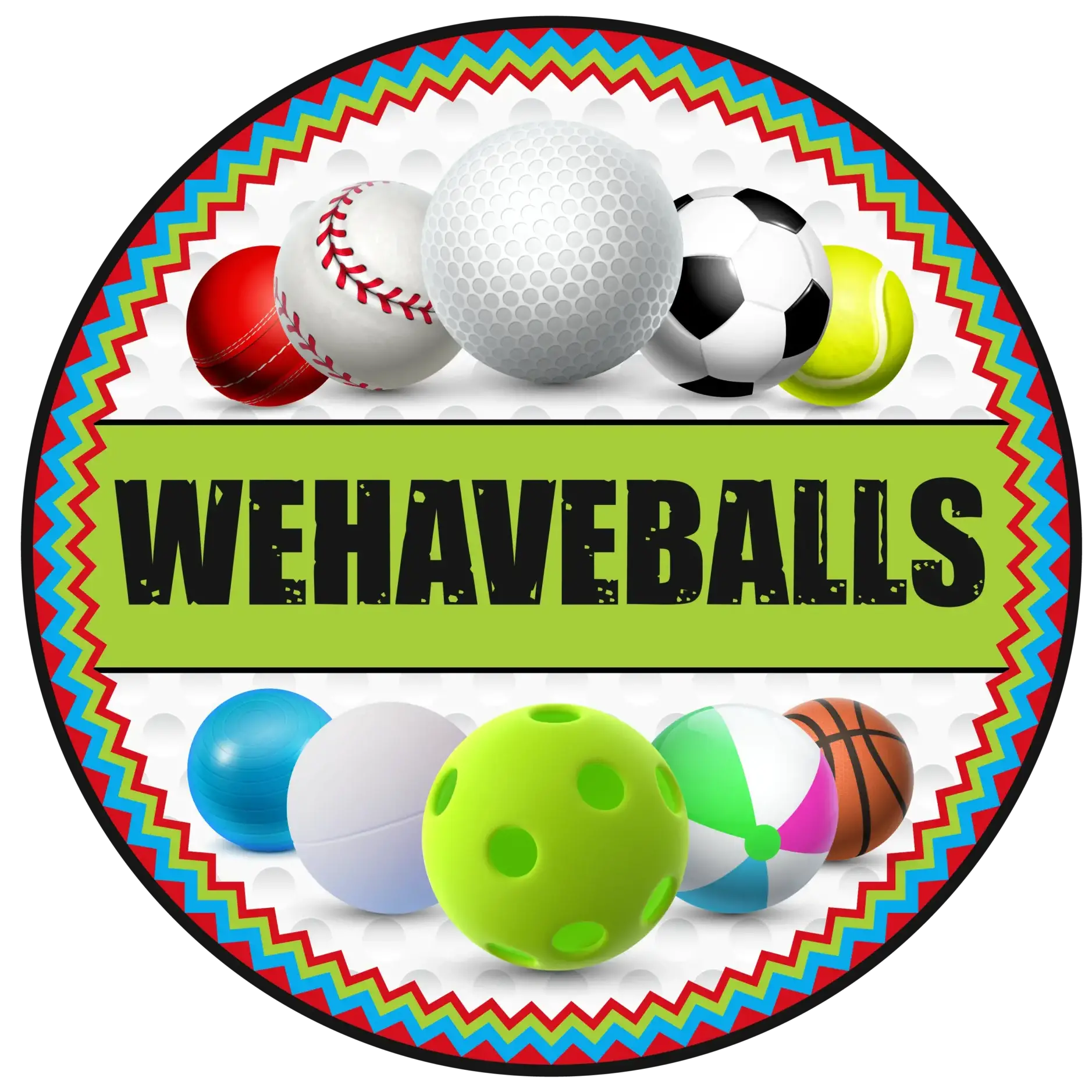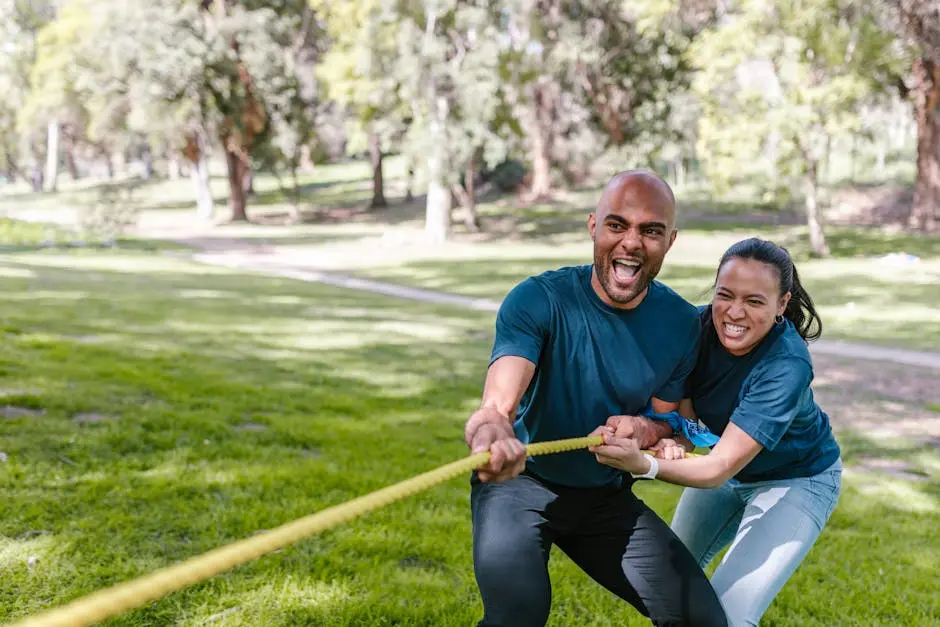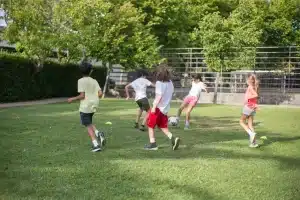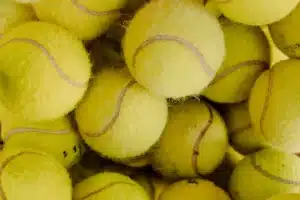Community sports programs provide an incredible platform for engagement, skill development, and joy. One often overlooked yet essential component of these programs is the use of little balls. Whether it’s tennis balls, softballs, or even rubber balls, these small spheres offer a multitude of benefits that extend far beyond the playing field. In this blog, we’ll explore the joy and impact these little balls have on athletes, communities, and the overall spirit of sports.
The Importance of Play in Community Sports
Play is a fundamental aspect of childhood development, but its importance extends to people of all ages. Community sports programs offer a valuable opportunity to foster social connections, improve physical health, and provide a safe space for individuals to express themselves through play.
When community members engage in sports, they participate in more than just physical activity. They find joy in the simple act of playing with little balls, which adds an element of fun. This joy is crucial, as it encourages sustained participation and creates a positive feedback loop where people want to return for more.
Moreover, play serves as a stress reliever and a way to escape the pressures of daily life. Little balls, whether used in a game of soccer or a round of handball, can bring smiles and laughter, reinforcing the idea that sports should be enjoyable.
In addition, community sports programs often include family members and friends, creating an environment where relationships are strengthened. Whether a child learns to kick a ball with a parent or teammates encourage each other during practice, these moments of connection are invaluable.
How Little Balls Enhance Skill Development
Little balls are perfect for teaching essential motor skills such as hand-eye coordination and balance. They provide both kids and adults with a lower-pressure environment to practice their abilities, encouraging progress and building confidence.
The design of these balls often complements various activities, allowing participants to engage in different sports without the intimidation factor of larger, heavier equipment. For instance, a simple tennis ball can be used for a multitude of games, including tennis, wall ball, or even just tossing it back and forth to build coordination.
As players practice with little balls, they develop skills incrementally. The immediate feedback provided by successfully hitting or catching a smaller object allows them to refine their techniques quickly. Importantly, this process emphasizes enjoyment over pressure, which is key to persistence and growth.
Additionally, little balls encourage teamwork as players need to communicate and strategize how to use them effectively in different sports settings. This collaboration further enhances learning and makes the play much more dynamic.
Creating Inclusive Opportunities with Little Balls
The accessibility of little balls means that virtually anyone can participate in community sports programs, regardless of age or skill level. These small sports tools help to create inclusive environments that encourage participation and enjoyment for all.
By integrating little balls into community sports, organizers can accommodate various abilities. For example, younger children can safely interact with soft foam balls, while older participants can enjoy standard-sized balls suitable for more competitive games.
Furthermore, the lightweight nature of these balls minimizes fear of injury, making people more comfortable joining in. This is particularly impactful in diverse communities where newcomers may be hesitant to engage in sports due to concerns about competitiveness or skill disparity.
It’s also worth noting that small community sports programs can easily incorporate little balls into various activities. From casual neighborhood games to structured training sessions, the adaptability of these tools means that everyone can find a way to play.
Building Community Through Team Sports
Community sports programs facilitated by little balls foster teamwork and collaboration. These programs allow participants to come together, form bonds, and work towards common goals, whether in a casual game or competitive match.
Engaging with little balls naturally requires players to communicate and strategize, reinforcing the essence of teamwork. As players pass balls to one another, they learn to trust and rely on each other, fostering friendships that go beyond the field.
It’s fascinating to observe how a shared love for the game can unite individuals from various backgrounds. Weekly practices become a social event, cultivating a sense of belonging and community spirit that resonates deeply.
Moreover, success in team sports often hinges on cooperation and mutual support. Celebrate achievements, whether large or small, and it will become a motivation booster for all involved.
The Lasting Impact of Little Balls on Health and Wellness
Engaging in activities that involve little balls contributes significantly to physical health. Regular participation can help improve cardiovascular fitness, muscular strength, and mental well-being while also instilling a lifelong love of active living.
Participating in sports that utilize little balls often involves various dynamic movements, enhancing agility and flexibility. These physical benefits translate into improved performance in other sports and everyday activities, encouraging a healthy lifestyle.
Additionally, the joy generated from playing sports with little balls can have profound mental health benefits. It allows participants to relieve stress, improve their mood, and develop social connections that combat loneliness.
Ultimately, community programs that incorporate little balls not only focus on fitness but promote holistic well-being, emphasizing both physical activity and emotional health. The enjoyment found in these activities persists long after games are played, contributing to a healthier, happier community.
Embracing the Joy of Little Balls in Sports
As we’ve seen, little balls are not just tools for play—they are instruments of joy, connection, and growth in community sports programs. Their versatile nature and accessibility make them perfect for fostering a love for sports at any age. By embracing the power of these little balls, communities can create environments that nurture skills, encourage teamwork, and promote a lifelong love of physical activity.





